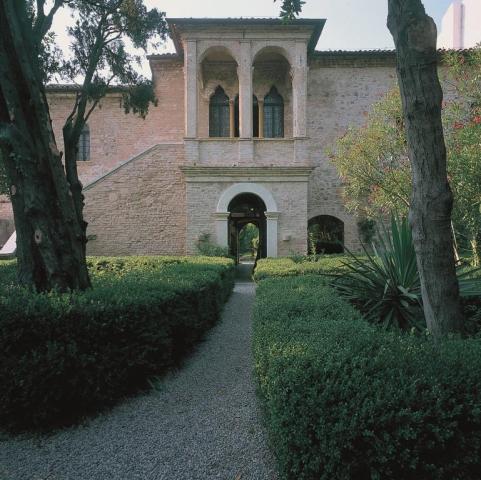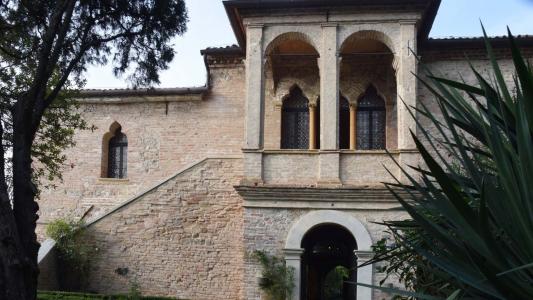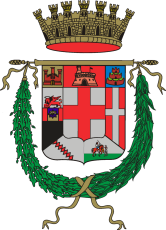
Tipologia museo
Gratuito
Servizi disponibili

Descrizione
Nel 1369 Francesco Petrarca (Arezzo 1304 - Arquà 1374), stanco del continuo peregrinare e ormai anziano, si trasferì nel villaggio di Arquà sui colli euganei, nel Padovano, in un edificio donatogli forse da Francesco I da Carrara, signore di Padova e amico sincero, che elesse a rifugio degli ultimi anni, dal 1370 al 1374, circondato da nuovi e vecchi amici e dai familiari. Il Petrarca decise di restaurare la casa, adeguandola alle sue esigenze e seguendo personalmente i lavori. Fece unire i due corpi di fabbrica preesistenti che la costituivano, e adibì ad abitazione per sé e la sua famiglia il piano sopraelevato dell'edificio, riservando alla servitù e ai servizi l'edificio sito più in alto dove si trovava anche l'ingresso principale. Sul davanti c'era il giardino, sul retro il brolo: alla cura delle piante il Petrarca dedicava molta attenzione, anche se non sempre con successo. Dopo la morte del Petrarca si succedettero diversi proprietari, ma l'edificio mantiene ancora oggi gran parte delle sue originarie strutture trecentesche, nonostante i numerosi restauri e rimaneggiamenti e la cinquecentesca aggiunta della loggia. Alla metà del `500 il nuovo proprietario, Paolo Valdezocco, fece affrescare le stanze con un ciclo ispirato alle opere più famose del Petrarca, il Canzoniere e l'Africa. L'ultimo proprietario privato della casa, il cardinale Pietro Silvestri, nel 1875 la lasciò in eredità al Comune di Padova, che ne entrò ufficialmente in possesso il 6 febbraio 1876. Le testimonianze documentarie esposte attestano come precocemente sia divenuta mete di pellegrinaggio di quanti in Europa ammiravano la poesia del Petrarca. É il primo esempio della categoria di museo chiamata "case della memoria".
 Petrarch House
Petrarch House
In 1369 Francesco Petrarca (Arezzo 1304 - Arquà 1374), tired of wandering and now elderly, moved to the village of Arquà on the Euganean hills, in Padua, in a building possibly donated by Francesco I da Carrara, lord of Padua and his sincere friend. In the last years, from 1370 to 1374, Petrarch chose this place as his refuge, surrounded by new and old friends and family. The poet decided to restore the house and designed it on his needs, following the work on site. He united the two preexisting factories and used them for residential use for himself and his family on the upper floor of the building, reserving the highest part of the house (where there was the main entrance) to the servants and the restroom. The garden was in the front, while the vegetable garden was in the back. Petrarca gave much attention to the care of the plants, even though it was only sometimes successful. After Petrarca’s death, several owners succeeded. Despite the numerous restorations and remodeling and the 16th-century addition of the loggia, the house has remained almost entirely the same and still maintains a significant part of her fourteenth-century characteristics and furniture. In the mid-sixteenth century, the new owner, Paolo Valdezocco, had the rooms frescoed with a cycle inspired by Petrarca’s most famous works, the Canzoniere and Africa. In 1875 the last owner, Pietro Silvestri, bequeathed the house to the city of Padua, which officially took possession of it on 6 February 1876. The documentary depositions exhibited attest how precociously the house has become a pilgrimage destination of those who, in Europe, admired Petrarca’s poetry. It is the first example of the museum category “Memory Houses.”

